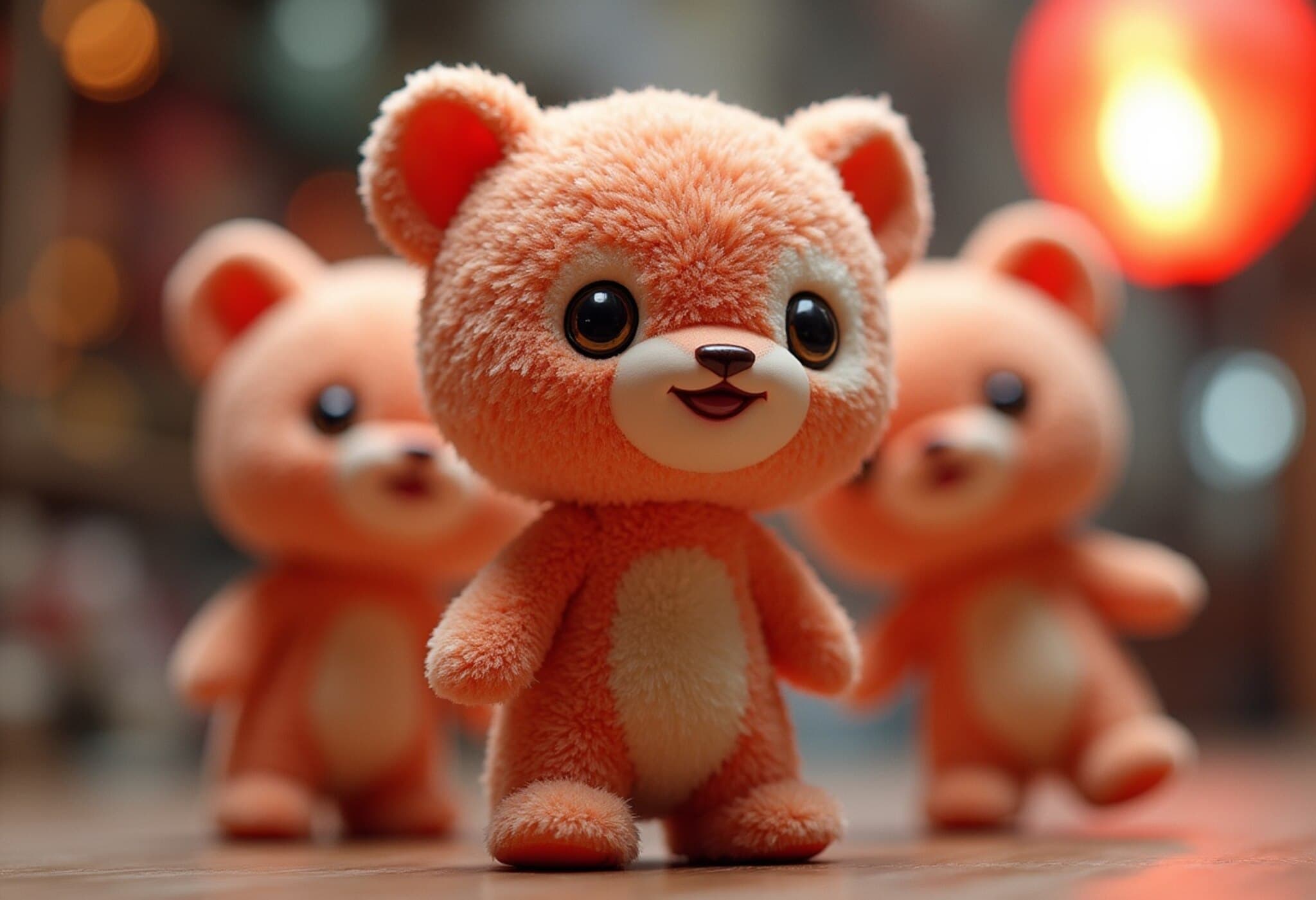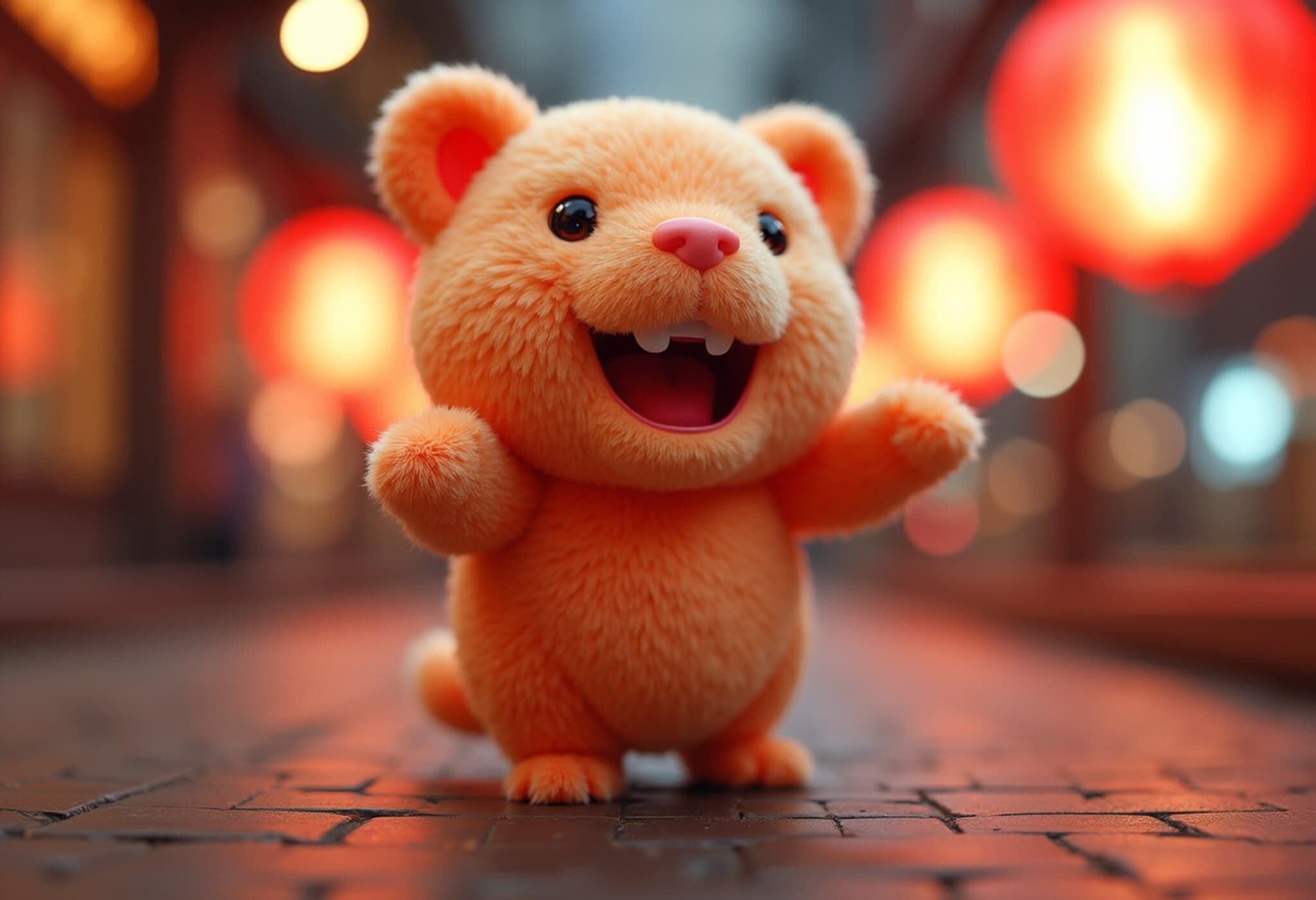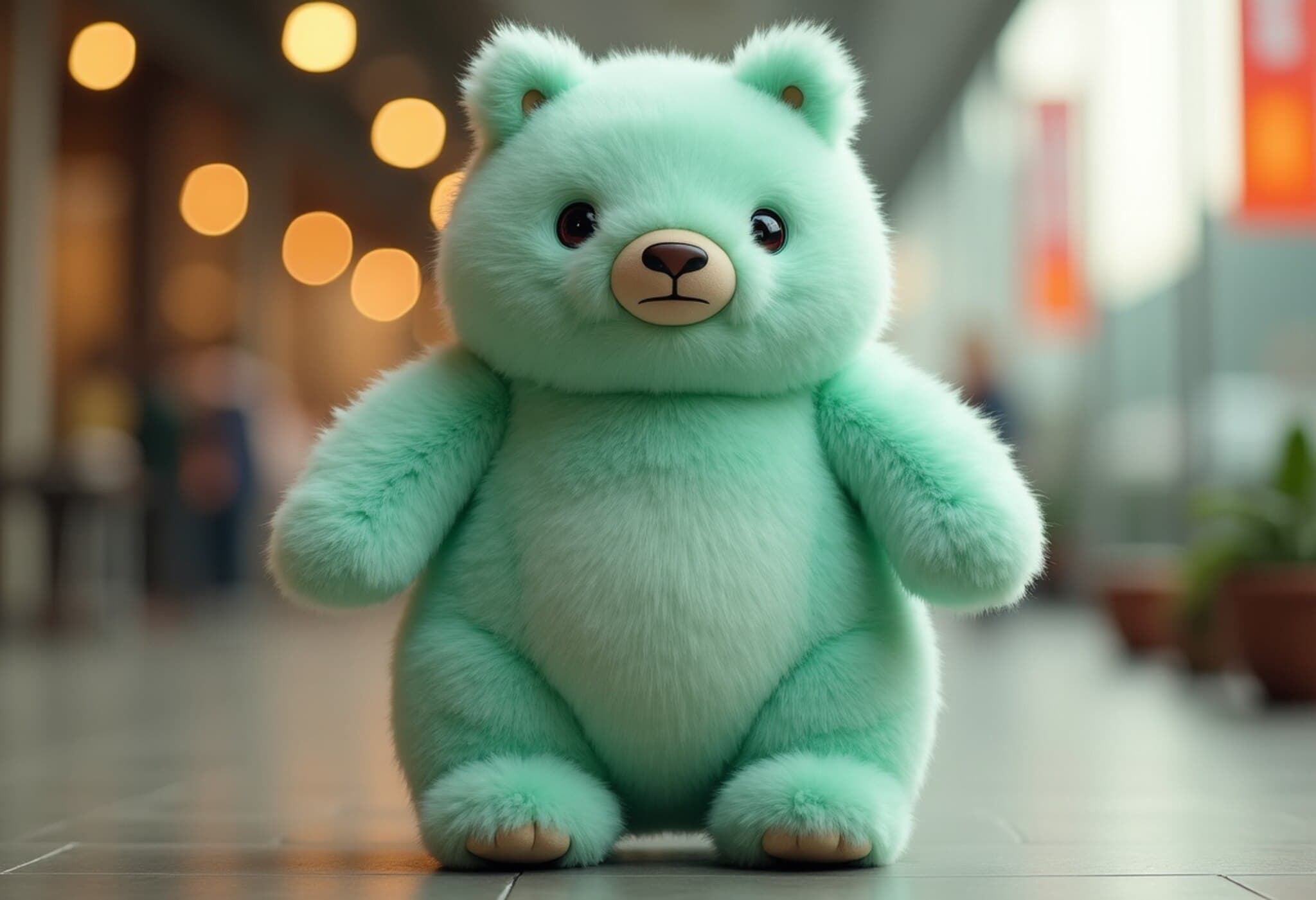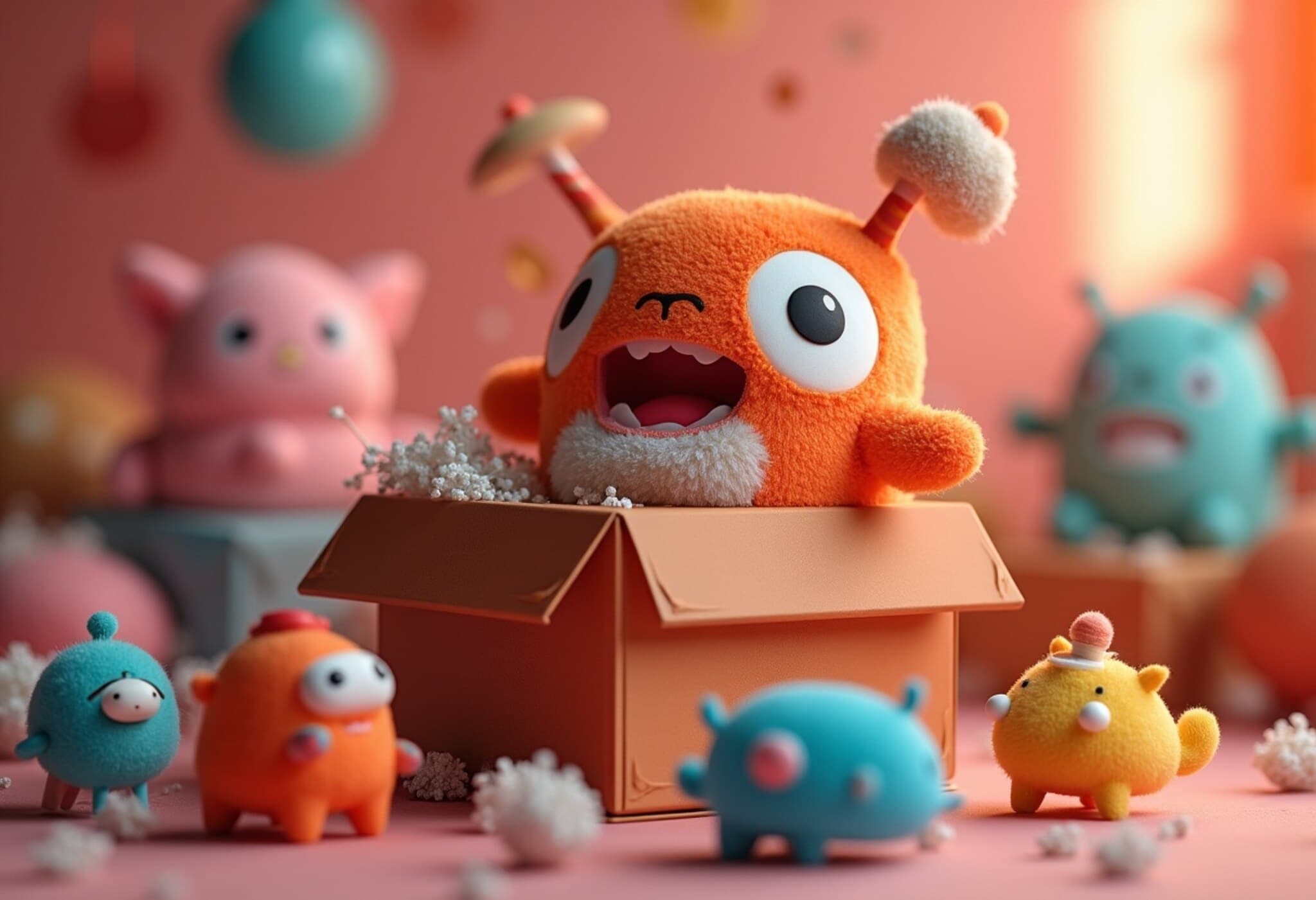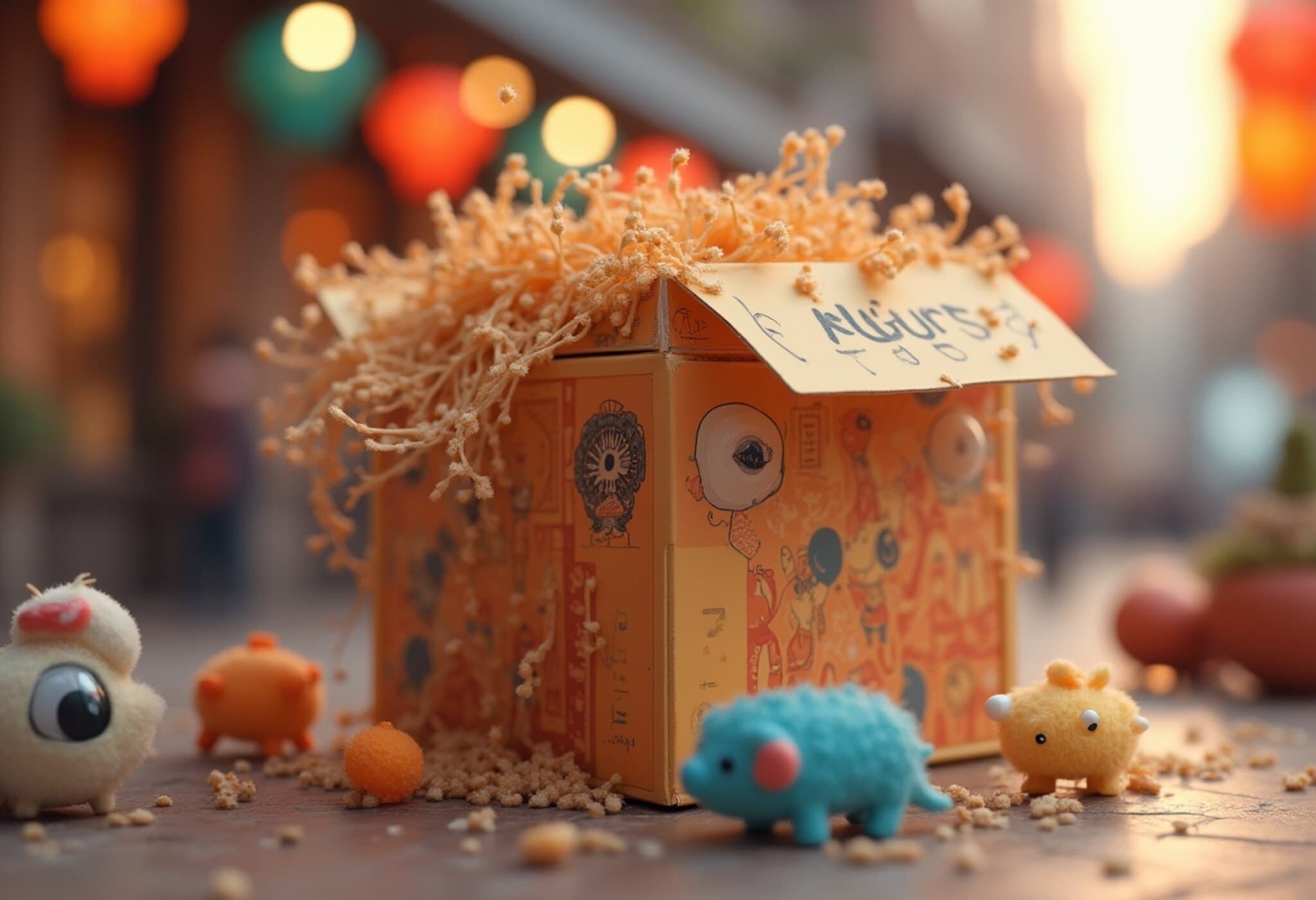The Rise of Labubu: From Quirky Toy to Global Cultural Phenomenon
On a bright summer evening in New York’s iconic Washington Square Park, crowds converged not for a concert or political rally, but for a very different kind of spectacle: the Labubu fashion show. This quirky event captured the cutting edge of a fast-growing obsession – a tiny $30 collectible character known as Labubu.
Fans of all ages proudly attached these unusual creatures—small monsters with pointed ears, jagged teeth, and mischievous grins—to backpacks, purse straps, even dog harnesses. The show's highlight? A contest whose winner walked away with a brand-new Labubu doll and a stylish handbag to display it. The scene perfectly encapsulated the mix of playful fandom and fashion status that has propelled Labubu from a niche collectible into a multimillion-dollar brand.
What Is Labubu and Why Is It So Popular?
Labubu is the face of Pop Mart, a Chinese collectibles company that has turned blind-boxed toys into a burgeoning art and fashion trend. Similar to the sealed packs of baseball cards or mystery stickers, buyers don’t know which Labubu variant they’re getting until they unbox it. With hundreds of versions existing across colors and rarity, the sense of surprise and exclusivity fuels a growing frenzy.
Notably, Labubu has become much more than a toy. From TikTok videos to Instagram posts, over one million videos and countless fashion influencers showcase Labubu as a quirky accessory and status symbol. They’ve become coveted among a diverse audience—from adult collectors to parents buying for toddlers. Some lucky or savvy buyers resell rare dolls for hundreds or even thousands of dollars on secondary marketplaces like eBay and StockX.
Pop Mart's Explosive Growth: $423 Million from Labubu Alone
Behind this vibrant cultural wave is impressive commercial success. Pop Mart reported a staggering 13.04 billion yuan (about $1.8 billion) in global revenue for 2024, with near $460 million in profits. Out of this, Labubu dolls alone generated approximately $423 million, marking a massive 729% revenue increase from the previous year.
Emily Brough, Pop Mart’s head of intellectual property licensing for the Americas, emphasized the brand’s astronomical rise: “We’ve seen an incredible growth in revenue and interest across all of our intellectual property, with Labubu leading the charge.”
From Beijing Startup to Global Brand
Founded in 2010 in Beijing by Wang Ning—who got his start selling accessories as a college student—Pop Mart grew steadily. It began as a small variety store, blossomed into retailers and online outlets, and established itself by collaborating with artists to create original toy designs.
Labubu’s connection to a popular picture book series, "The Monsters," illustrated by Kasing Lung, helped kickstart the craze. The initial Labubu release set sales records in the art toy category. The following year, Pop Mart went public on the Hong Kong Stock Exchange with a valuation nearing $7 billion, entering the same arena as giants like Mattel and Hasbro.
Pop Mart’s creativity extended beyond simple toys. In 2023, they introduced Labubu keyrings, and in April 2024, K-Pop superstar Lalisa “Lisa” Manoban of Blackpink was seen sporting one as a bag charm—spurring a viral demand spike that propelled Labubu into international celebrity culture. Stars like Rihanna and Lizzo soon embraced them, boosting the doll’s cachet as a fashion must-have.
Global Spread: Labubu as a Fashion and Collector's Must-Have
Though the majority of Pop Mart’s revenue remains rooted in Asia—with mainland China alone contributing about $1.1 billion—the brand has rapidly expanded across North America and Europe. Over 90 U.S. retail locations and vending machines cater to a growing fanbase, supported by vibrant online communities such as the 145,000-strong Labubu subreddit.
Enthusiasts often customize their Labubus, giving them accessories ranging from hats and sunglasses to tiny tattoos, turning a simple toy into a deeply personal art piece. It’s no longer just about collecting; it’s about expression, identity, and community.
The Challenges and Future of Pop Mart
Pop Mart is not without hurdles. Limited supply and rapidly rising resale prices have spurred a market for counterfeit “Lafufu” dolls, complicating consumer trust and brand control. Moreover, as with many pop culture phenomena, the question remains—how sustainable is the Labubu craze?
Pop Mart’s leadership is cautious but optimistic. “We’re building a brand for longevity,” Brough states. “By diversifying our artist collaborations and expanding interactive experiences, we aim to sustain passion and joy for years to come.”
Indeed, innovation and brand loyalty will be critical as Pop Mart competes in a volatile fashion and collectible market, navigating evolving consumer tastes and global economic factors.
What Labubu Reveals About Modern Consumer Culture
Labubu’s soaring popularity taps into deeper trends shaping today’s consumer landscape:
- The Power of Mystery and Exclusivity: Blind box toys capitalize on the dopamine rush of surprise and the desire for rare finds.
- Celebrity and Social Media Amplification: Influencers and stars accelerate trends, transforming toys into lifestyle symbols overnight.
- Collectibles as Personal Expression: The customization and community aspects echo millennials' and Gen Z’s focus on individuality and connection.
- Crossing Generational Lines: Labubu appeals broadly, from toddlers to trendsetting adults, highlighting a new multi-demographic marketing success.
Editor’s Note
The meteoric rise of Labubu encapsulates the intersection of art, commerce, and culture in the 21st century. As Pop Mart deftly navigates brand expansion and international appetite, key questions emerge: Will Labubu maintain its charm beyond the inevitable hype cycle? How will Pop Mart manage counterfeit risks and market saturation? And crucially, what does the Labubu phenomenon tell us about evolving consumer values around identity, community, and playful escapism?
For now, the little monsters with their impish grins seem set to light up passion and bring joy worldwide—one blind box at a time.
Note: Currency conversions are based on the OANDA rate of 1 CNY = 0.13923 USD as of June 16, 2025, with figures rounded.

